Who Is a Candidate for Kyphoplasty

Because your spinal column houses your central nervous system and supports your skeletal structure, back problems can have an outsized impact on your quality of life, limiting mobility and causing pain with nearly every movement.
St. Charles Spine Institute is dedicated to providing advanced and effective treatments for spinal conditions. One such treatment is kyphoplasty, a surgical procedure that can relieve the pain caused by a vertebral compression fracture. But who is a good candidate for this procedure? Here is a review of the indications, benefits, and eligibility criteria for kyphoplasty to help you determine whether it may be an appropriate option.
What Happens in a Kyphoplasty Procedure?
Kyphoplasty treats vertebral compression fractures (VCFs), which occur when a vertebra collapses due to weakened bone structure. A VCF most commonly occurs as a result of osteoporosis but can also occur from trauma or cancer-related spinal fractures. Kyphoplasty can stabilize the fractured vertebra, restore the patient’s height, and alleviate pain.
During this minimally invasive procedure, a probe with a tiny balloon is inserted into the fractured vertebra. The balloon is gently inflated to relieve pressure and create space. Once the height is restored, medical-grade bone cement is injected into the cavity, solidifying the bone and preventing further collapse. Kyphoplasty is typically performed on an outpatient basis, allowing patients to return home the same day with minimal downtime.
Who Is a Candidate for Kyphoplasty?
While kyphoplasty is a highly effective treatment, not every patient with back pain or a spinal fracture is an ideal candidate. The procedure is best suited for individuals who meet the following criteria:
1. Patients with Osteoporotic Vertebral Compression Fractures
Kyphoplasty is most commonly recommended for individuals suffering from VCFs due to osteoporosis. Osteoporosis is a common condition that results in bone loss. It is caused by a number of factors, usually occurring in both men and women as they age. As bones weaken, they are more susceptible to fractures, even from minor falls or movements. Patients with recent vertebral fractures (typically within the previous six to eight weeks) may benefit the most from kyphoplasty, as early intervention can prevent worsening pain and spinal deformity.
2. Patients with Painful, Persistent Symptoms
Kyphoplasty is often recommended for patients who suffer from persistent pain that is not relieved by more conservative treatments such as rest, pain medications, or physical therapy. Typically, pain is localized to the site of the fracture and may worsen with movement or prolonged standing.
3. Patients with Limited Mobility Due to Spinal Fractures
If a vertebral fracture significantly impacts mobility, daily activities, or quality of life, kyphoplasty may be the most beneficial option. Restoring the spine’s structural integrity can help patients regain movement, independence, and relief from pain.
4. Patients with Spinal Fractures from Trauma or Cancer
Osteoporosis is the leading cause of VCFs, but kyphoplasty may also be an option for patients who experience fractures due to trauma, such as a car accident or a fall. Additionally, individuals with spinal fractures related to cancerous tumors (such as multiple myeloma or metastatic cancer) may find relief through kyphoplasty by stabilizing affected vertebrae and reducing pain.
Who May Not Be a Candidate for Kyphoplasty?
Although kyphoplasty is a safe and effective procedure for many patients, there are some situations in which it may not be recommended, including:
- Patients with Chronic, Healed Fractures: If the fracture has already healed and is no longer causing pain, kyphoplasty may not be necessary.
- Patients with Severe Spinal Deformities or Multiple Fractures: In some cases, patients who have severe spinal curvature (such as advanced kyphosis) or multiple untreated fractures would benefit more from alternative surgical treatments.
- Patients with Active Infections or Uncontrolled Bleeding Disorders: Any active infection in the body or a bleeding disorder that is not well-managed may pose a risk during the procedure.
- Patients with Neurological Symptoms from Spinal Cord Compression: If the fracture has led to spinal cord compression, causing significant numbness, weakness, or loss of bladder/bowel control, kyphoplasty will not provide a remedy, and more extensive spinal surgery may be required.
Is Kyphoplasty Right for You?
If you or a loved one is suffering from a vertebral compression fracture and conservative treatments have not provided relief, kyphoplasty may be an excellent option. At St. Charles Spine Institute, our experienced spine specialists provide personalized care to ensure the best treatment for your condition.
Located in Thousand Oaks, California, St. Charles Spine Institute is committed to offering state-of-the-art spine care in a compassionate environment. If you want to learn more about kyphoplasty or other treatments for back pain or problems, contact St. Charles Spine Institute today to schedule a consultation. Let us help you regain mobility to live a pain-free life.
